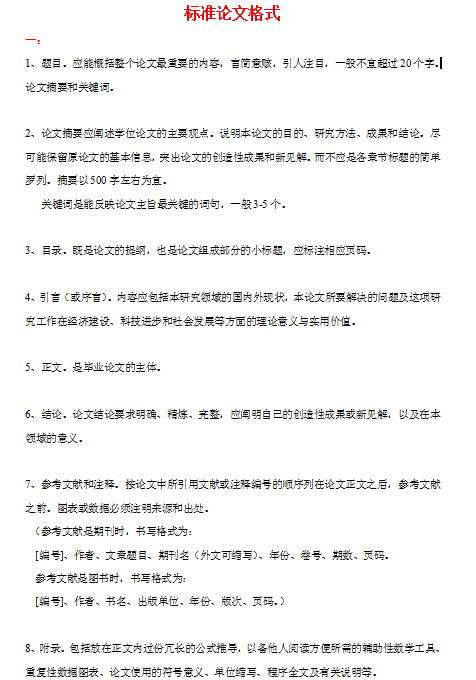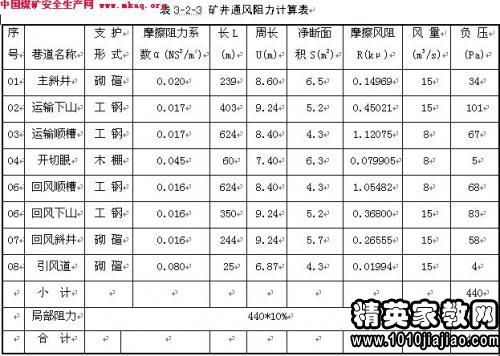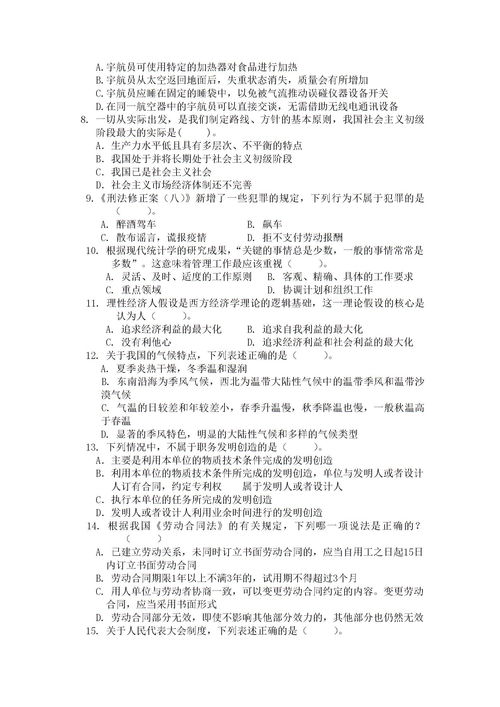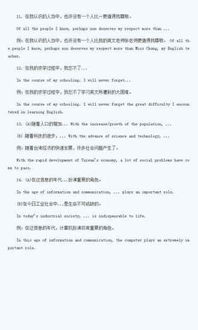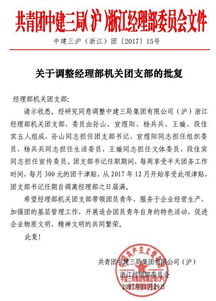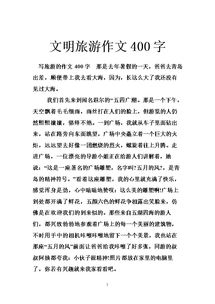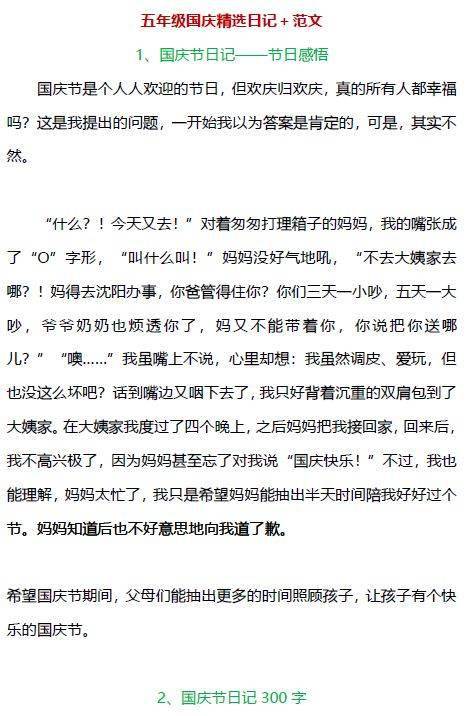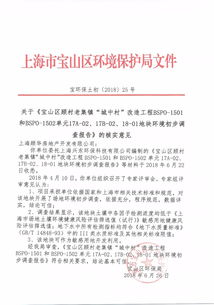1.请帮我批改一下这篇雅思作文(剑9test3小作文)
The four pie charts reveal information on the ages of the populations in 2000 and projections for 2050 in two countries, namely Yemen and Italy.
In Yemen, the populations under 14 years old was the biggest part (50%) in2000, but it will be a sharply decrease reach 37% in 2050. On the contrary, the time from 2000 to 2050 witnessed a dramatically rise by 11% of the populations between 15 to 59 years old. Similarly, there is a smoothly increase of the population above 60 years old around 2%.
The second two charts of Italy shows the proportion of population under 14 years old is decline slightly to 11.5%. In addition, the ratio of populations which between 15 and 59 years old presents a hugely slump by 15% from 2000 to 2050. However, the rate of population above 60 years old compared with that in 2050, it is doubled.
Overall, people above 60 years old are the main populations in 2050 of Yemen. Although, in Italy the population between 15 to 59 years old occupies 46.2% in 2050,but the percentage of old people is 42.3% and more higher than that in Yemen.
改了一些错误拼写和语法
2.求剑桥雅思3 text 3 的小作文书后 急
剑桥真题里就有考官,在model and sample answers for writing tasks目录下。如果需要剑桥雅思1-8的真题pdf 留个邮箱 我发给你
The data shows the differences between developing and industrialised countries'
participation in education and science.
In terms of the number of years of schooling received, we see that the length of time
people spend at school in industrialised countries was much greater at 8.5 years in
1980, compared to 2.5 years in developing countries. The gap was increased further in
1990 when the figures rose to 10.5 years and 3.5 years respectively.
We can see a similar pattern in the second graph, which shows that the number of
people working as scientists and technicians in industrialised countries increased from
55 to 85 per 1,000 people between 1980 and 1990, while the number in developing
countries went from 12 to 20.
Finally, the figures for spending on research and development show that industrialised
countries more than doubled their spending, from $200bn to $420bn, whereas
developing countries actually decreased theirs, from $75bn down to $25bn.
Overall we can see that not only are there very large differences between the two
economies but that these gaps are widening.
3.剑桥 雅思 3 Test3 小作文 柱状图 的 急求
The data shows the differences between developing and industrialised countries' participation in education and science.
In terms of the number of years of schooling received, we see that the length of time people spend at school in industrialised countries was much greater at 8.5 years in 1980, compared to 2.5 years in developing countries. The gap was increased further in 1990 when the figures rose to 10.5 years and 3.5 years respectively.
we can see a similar pattern in the second graph, which shows that the number of people working as scientists and technicians in industrialised countries increased from 55 to 85 per 1,000 people between 1980 and 1990, while the numrber in developing countries went from 12 to 20.
Finally, the figures for spending on research and development show that industrialised countries more than double their spending, from$200bn to $420bn, whereas developing countries actually decreased theirs, from $75bn down to $25bn.
Overall we can see that not only are there very large differences between the two economies but that these gaps are widening.
4.求剑桥雅思3 text 3 的小作文书后 急
剑桥真题里就有考官,在model and sample answers for writing tasks目录下。
如果需要剑桥雅思1-8的真题pdf 留个邮箱 我发给你The data shows the differences between developing and industrialised countries'participation in education and science.In terms of the number of years of schooling received, we see that the length of timepeople spend at school in industrialised countries was much greater at 8.5 years in1980, compared to 2.5 years in developing countries. The gap was increased further in1990 when the figures rose to 10.5 years and 3.5 years respectively.We can see a similar pattern in the second graph, which shows that the number ofpeople working as scientists and technicians in industrialised countries increased from55 to 85 per 1,000 people between 1980 and 1990, while the number in developingcountries went from 12 to 20.Finally, the figures for spending on research and development show that more than doubled their spending, from $200bn to $420bn, whereasdeveloping countries actually decreased theirs, from $75bn down to $25bn.Overall we can see that not only are there very large differences between the twoeconomies but that these gaps are widening.。


 0
0 2023-12-09 21:15
2023-12-09 21:15
